|
For anyone not familiar with the publishing industry, the first major step to a book deal is querying agents. Most publishing houses will only accept manuscripts that have been accepted and vetted by literary agents. But querying is hard. Like, college-essay-meets-bad-breakup hard. Every agent asks for something different in a query letter, but they generally boil down to a pitch for your novel, a short bio, comp titles (where you compare your book against other similar books), word count, and genre, all within about three to four hundred words. Add to this herculean feat the emotional investment you have in your novel, and you're looking at weeks of rocking in the fetal position before you even start writing your letter. It’s safe to say that I spent more time researching query letters, agents, and agencies than I did actually querying (at least the hands-on part… that doesn’t include the months of waiting and hours spent weeping into mugs of tea). Many, many words have been written on how to write a good query letter, so I hesitate to add any more. But I do want to share a few resources that directly helped me create a successful query letter—one that landed me my fantastic agent, and ultimately, my book deal. We’ll begin with the greatest of them all (for me, anyway), Query Shark. Janet Reid is a literary agent with FinePrint Literary Management, but I’m convinced she must be some kind of minor deity in whatever religion authors adhere to (Orthodox Caffeination?). In her time off from being a full-time agent, she runs a constantly-updated, scrupulously-detailed blog in which aspiring authors send her their query letters—and she slays them. She picks them apart line by line, revising them until they’re ready to officially query. I’ve seen her revise the same letter six, seven, eight times, all on her own time, all for free. The only stipulation is that those edits are then posted on her blog for hapless writers like you and me to learn from. She recommends reading every single post in her archives. I urge you to do the same, and here’s why. Before I read her blog, I had written what I thought was a fairly passable query letter. Once I found her blog, I started reading. And reading and reading. After reading every single post all the way back to 2004 (it took me weeks, but there are no shortcuts in this industry), I realized there are approximately infinity number of ways to make a mistake in a query letter, and I had made about 75 percent of them (you do the math). I’m not going to summarize her advice, because a) it is numerous and nuanced, b) you’re better off doing your own research, and c) she has a much cleverer voice than mine. But I will share the Ultimate Magic Formula, the greatest gift Ms. Reid gave me. There are two remarkably straightforward formulas for getting the right information into your query and for making the most of every single word. Think of them as those fill-in-the-blank thank-you cards you had to send after birthday parties, only with a potential book deal riding on the outcome. Here they are. I used the latter. The main character must decide whether to ___. If (s)he decides to do this, the consequences/outcome/peril (s)he faces are ___. If (s)he decides NOT to do this, the consequences/outcome /peril (s)he faces are ___. I hesitate to post my query letter, because I’m afraid the Query Shark will find it and tear it apart, but seeing as it’s done its job and gotten me an agent and a publisher, here’s the bulk of it: Dear Ms. Noble, This plus the right amount of bio and optimal formatting for word count, comps, and genre (READ HER ENTIRE BLOG!) is ultimately (I think) what got me through the slush pile and in front of my agent’s eyeballs. Querying is hard, convoluted, subjective work. Fortunately, there are generous, snarky spirits like Ms. Reid out there to guide the wandering writer. Blessed be the rich in snark!
You can find Janet Reid’s blog, Query Shark, at http://queryshark.blogspot.com/. This new piece I just finished gives me a good opportunity to talk a little bit about some of the cultural fashion in the book and where I drew my inspiration. Hang in there, because none of it makes sense. While I love drawing Mae being the skilled badass she is, fancy dresses and finery are certainly more fun to draw, and it’s not entirely out of character. A big part of the Wood-folk’s culture revolves around dancing; all their holidays incorporate it somehow, and it would be an integral part of the smaller communities throughout the mountain range. Any social gathering would likely give way to dancing at some point, whether it’s out in the town square or in the cramped space of someone’s parlor. While Mae is probably more at home with a tunic and scout pack, she would have cherished this part of her native culture and would long for it during her exile. Nailing down exactly what real-world culture the Wood-folk mirror is impossible, because I took a bunch of seriously cool influences and mashed them together. The most significant aspect, wardrobe-wise, are Mae’s soft-soled leather boots. These would be worn by everyone all the time, with different fringes and decorations for different occasions. Here she’s wearing boots embellished with bells, which would be a popular choice for dances. Her titular rank as a Woodwalker would in part be conveyed by a pair of boots with two bands of fringe. And at a solemn occasion like a funeral, folk would wear boots with no embellishments at all. These were inspired by several different Native American cultures, but that wasn’t the only influence. With dancing being a large part of the culture, much of the Wood-folk’s wardrobe would be designed around what looked cool while spinning or moving. Enter the influence of belly dance. I took a belly dance class in grad school (yes, grad school, bring it on), and I came away loving not just the spirit and fluidity of the style but the gorgeous ensembles that went with it (I never wore any myself; mostly I was in yoga pants and blown-out socks). I really wanted to capture that incorporation of the ensemble as part of the dance. So a dance in the Silverwood would likely be filled with flowing fabric, miles of pleats, and embellishments designed to move with the dancer. Neither the Native American influence nor belly dance influence makes any sense with the actual music, of course. The instruments and melodies driving the festivities would be derived from traditional Celtic music. Fiddles, whistles, and dulcimers would be accompanied by bodhráns, or flat drums struck with tippers. Ultimately, the style of dancing would most closely resemble contra, a folk dance similar to square dancing, only done in a line and by hipsters (it’s okay, I’m one of them). They’d also have partner dances that would incorporate contra moves, such as Mae’s partner allemande above. So basically we’re looking at an Appalachian folk dance set to driving Celtic music, danced in elaborate gowns and super comfy footwear. This concludes my thesis on the absolute greatest mashup of dancing traditions possible (I told you this happened in grad school). Tune in for the next installment of Continental Fashion Culture: Lumeni Diving Costumes. This one will include shirtless men. On Saturday, June 28, 2014, after the girls had gone to bed, I opened up a blank Word document and started typing. This itself wasn’t unusual—I’ve always written stories, almost as long as I’ve been drawing, and throwing vague ideas onto paper was nothing new. But this time was different. This was the novel I was determined to see through to the end. Not write just for my own enjoyment, but with the ultimate goal of seeing it in print. Dragged along by a determined protagonist through a constantly-evolving world, I had high hopes for this little brainchild. One year, four months, and fourteen days later, I can finally announce that Woodwalker has been picked up by HarperCollins and will be published in the spring of 2016! There are an outrageous number of people to thank for helping make this a reality, the foremost being my amazing agent, Valerie Noble of Donaghy Literary Group, who believed in me and Woodwalker from the get-go. I’m grateful to my new editor, David Pomerico of Harper Voyager Impulse for taking me on for publication. Will, of course, who was the first person to lay eyes on my ugly little larvae of a first draft and assured me it wasn’t the worst piece of writing ever penned. My beta readers—my mom, who prodded and nudged each scene to achieve its full potential; my dad, who corrected all my biology and natural science errors; Anne Marie, who helped me create a believable and dynamic world; and of course Caitlin, who will always and forever be my soul sister, partner in crime, and fellow writer. Oh, and Corey, even though he never actually finished the book. For updates, artwork, and inside information, you can keep an eye on this blog or follow me on my other social media accounts, namely Twitter and Facebook. Thanks for your support, your interest, and following along on this wild journey. |
Emily B. MartinAuthor and Illustrator Archives
August 2020
Categories
All
|

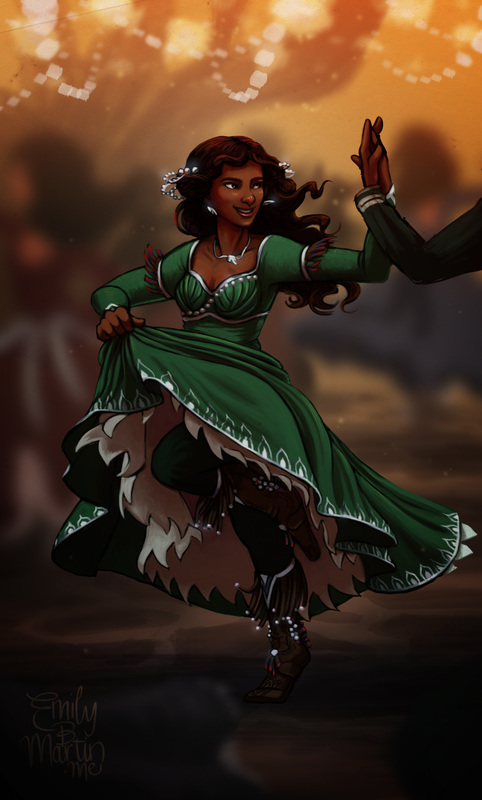
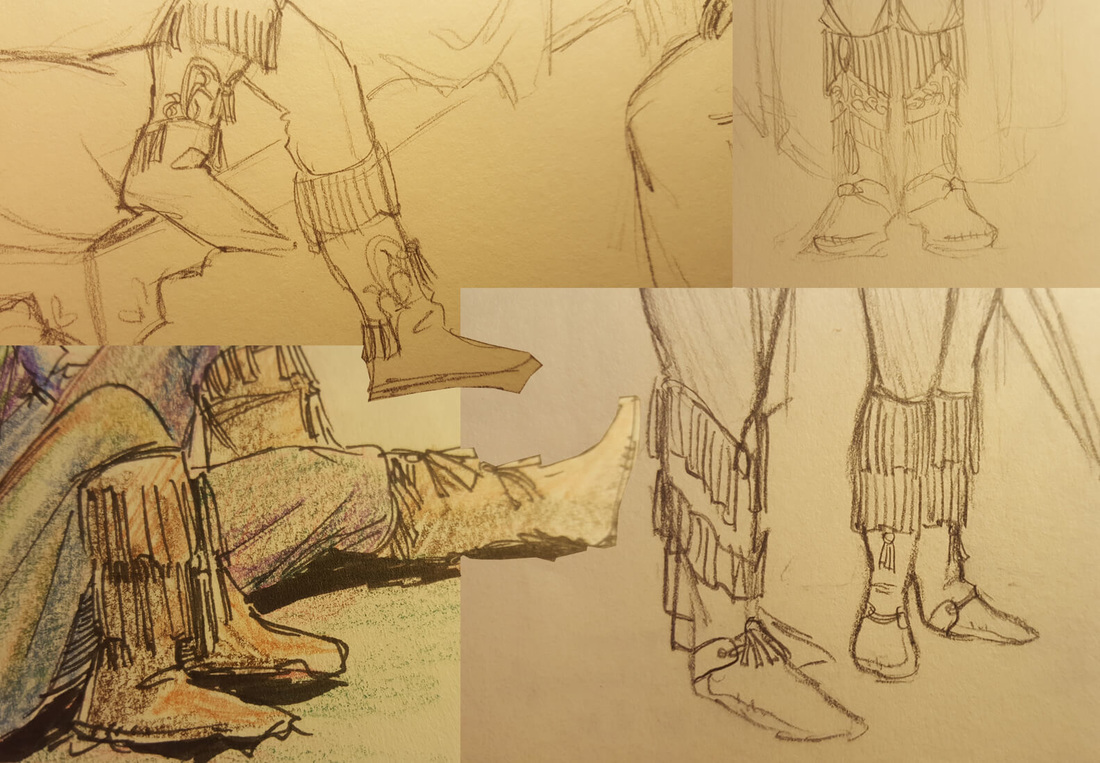
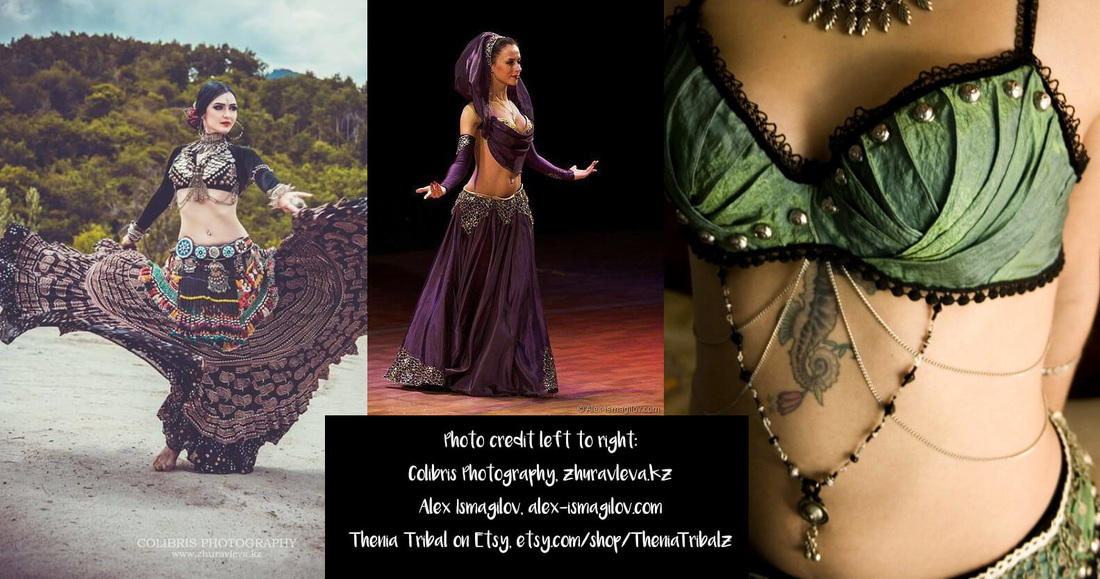
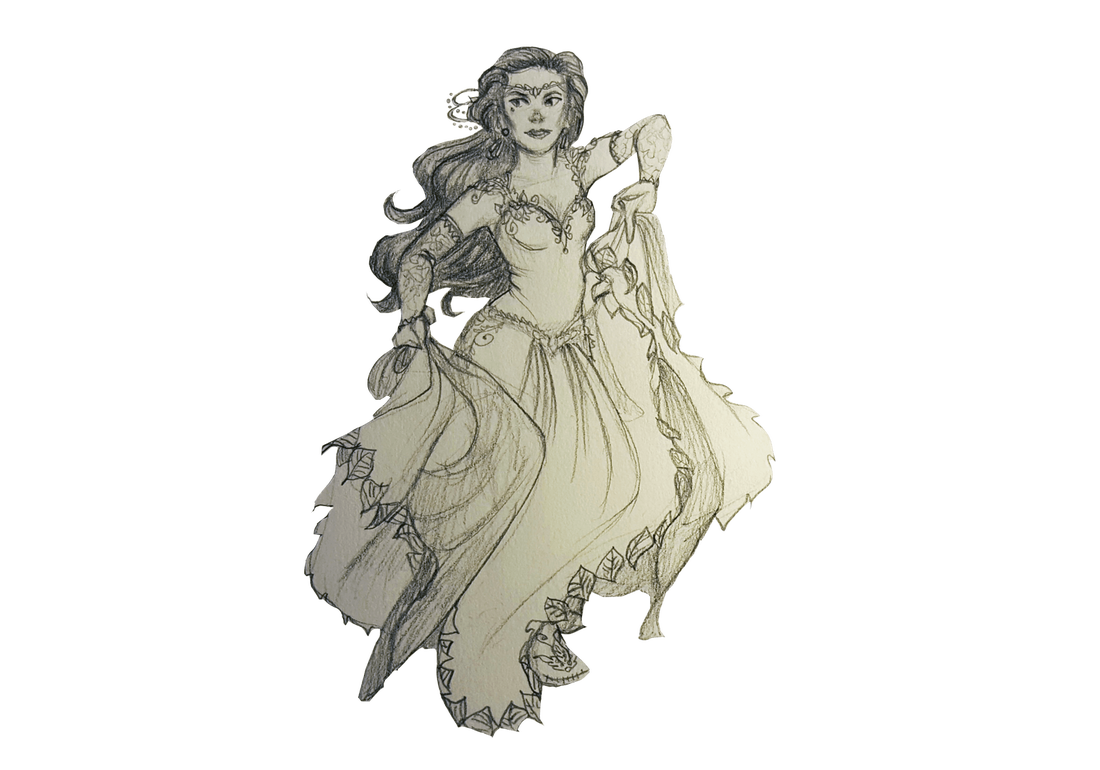
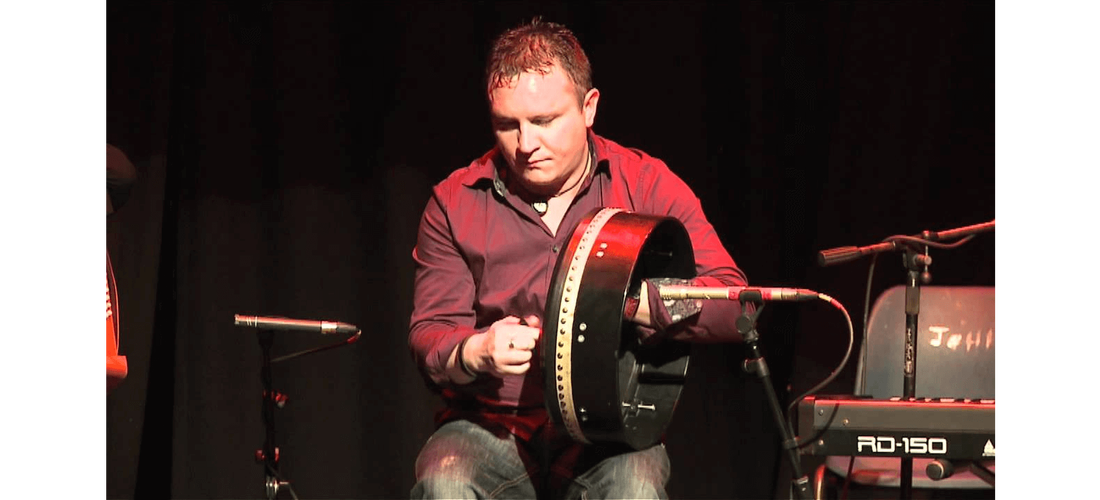
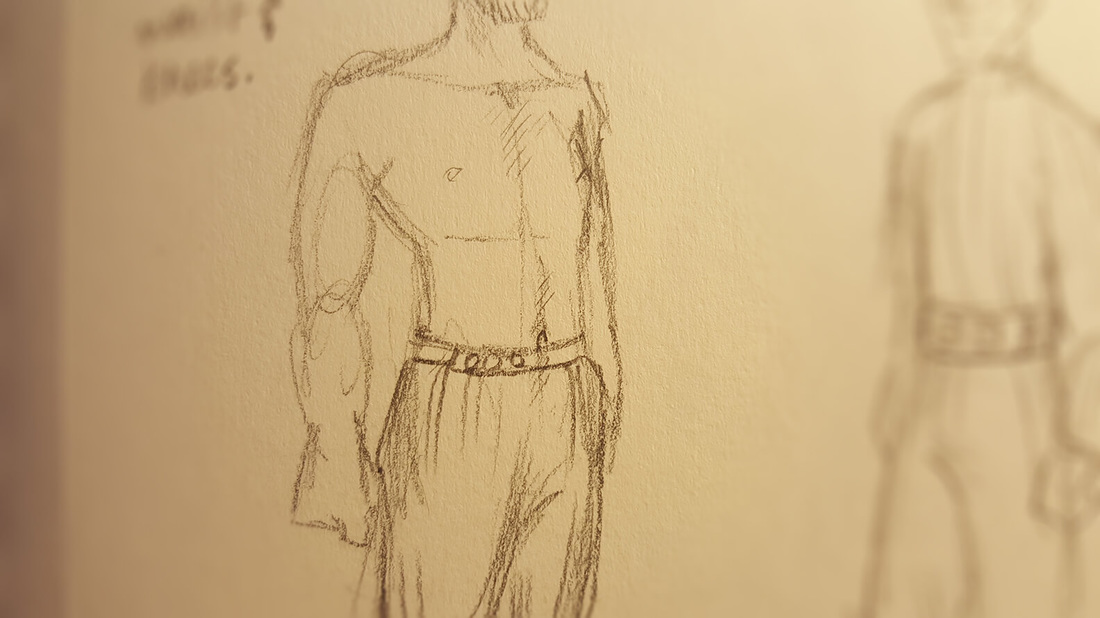
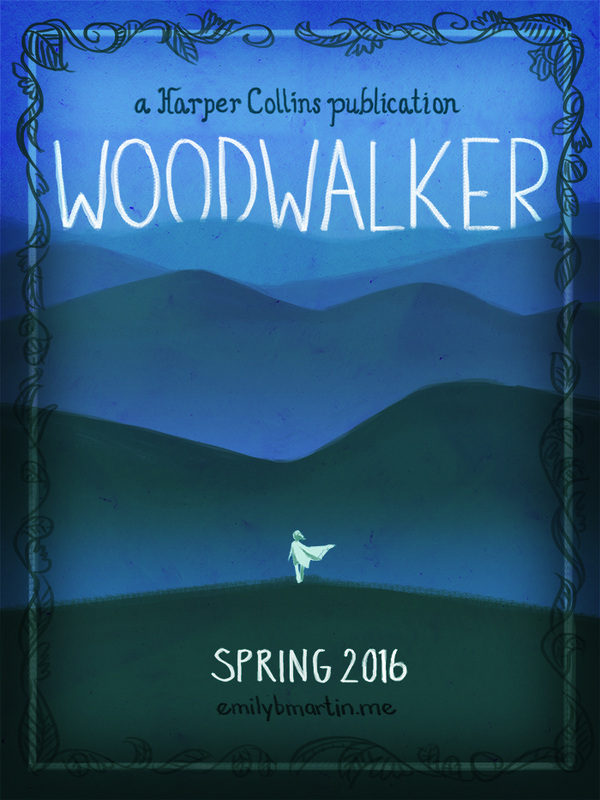
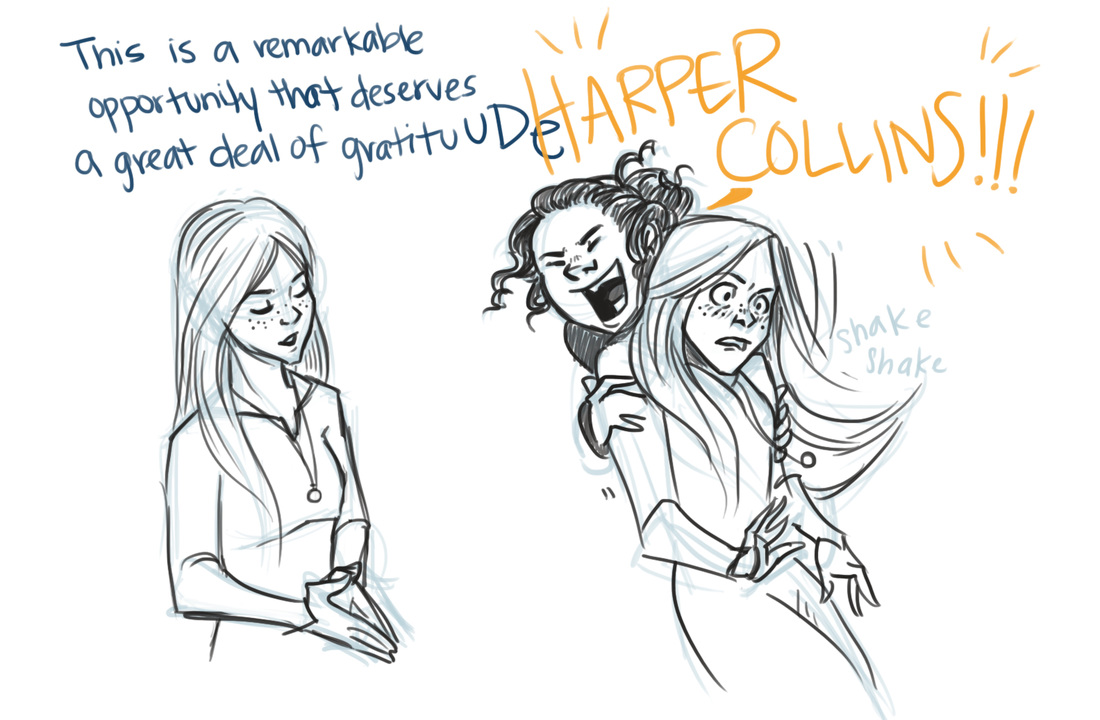
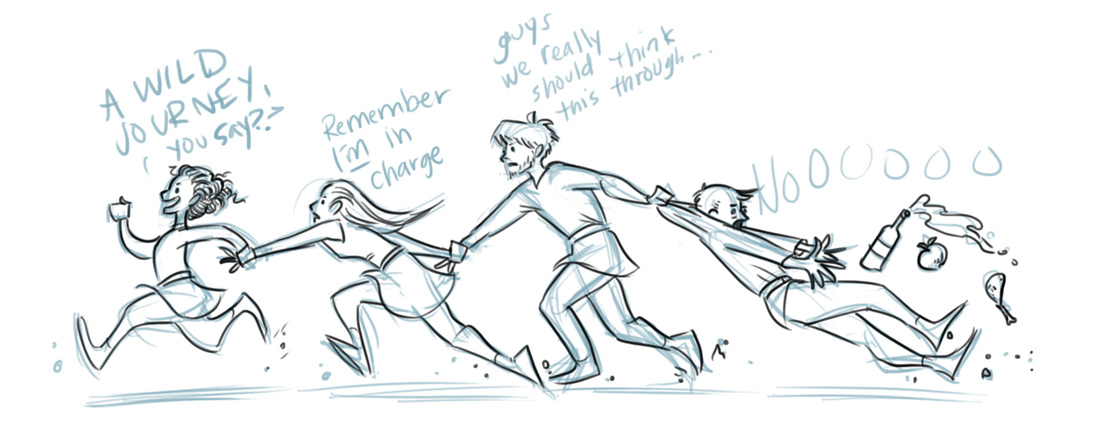
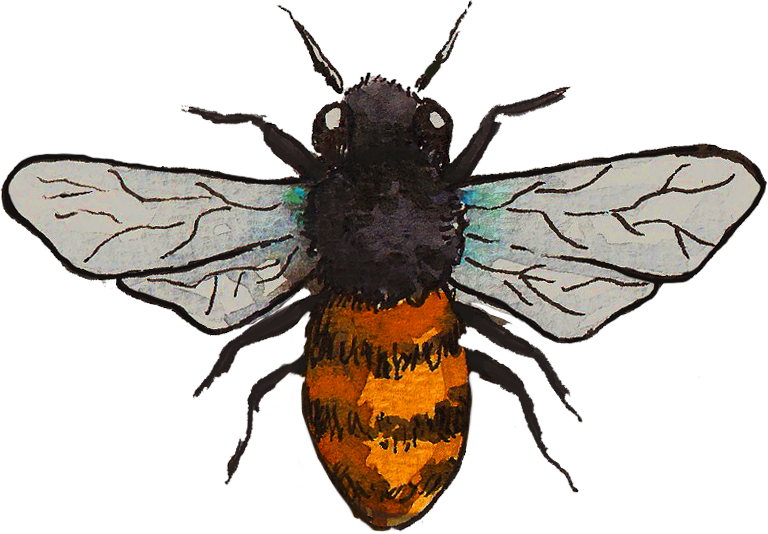
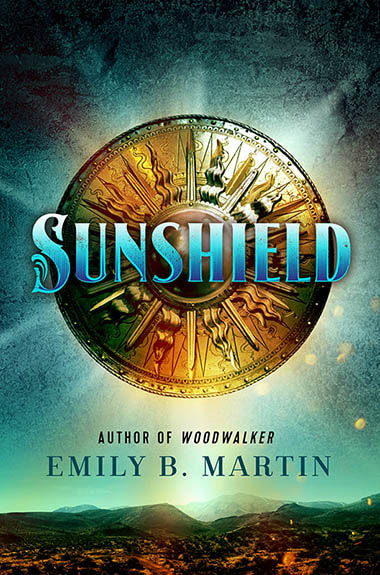
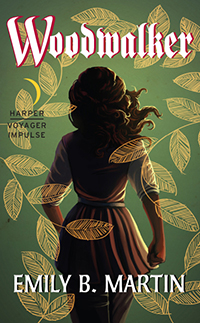
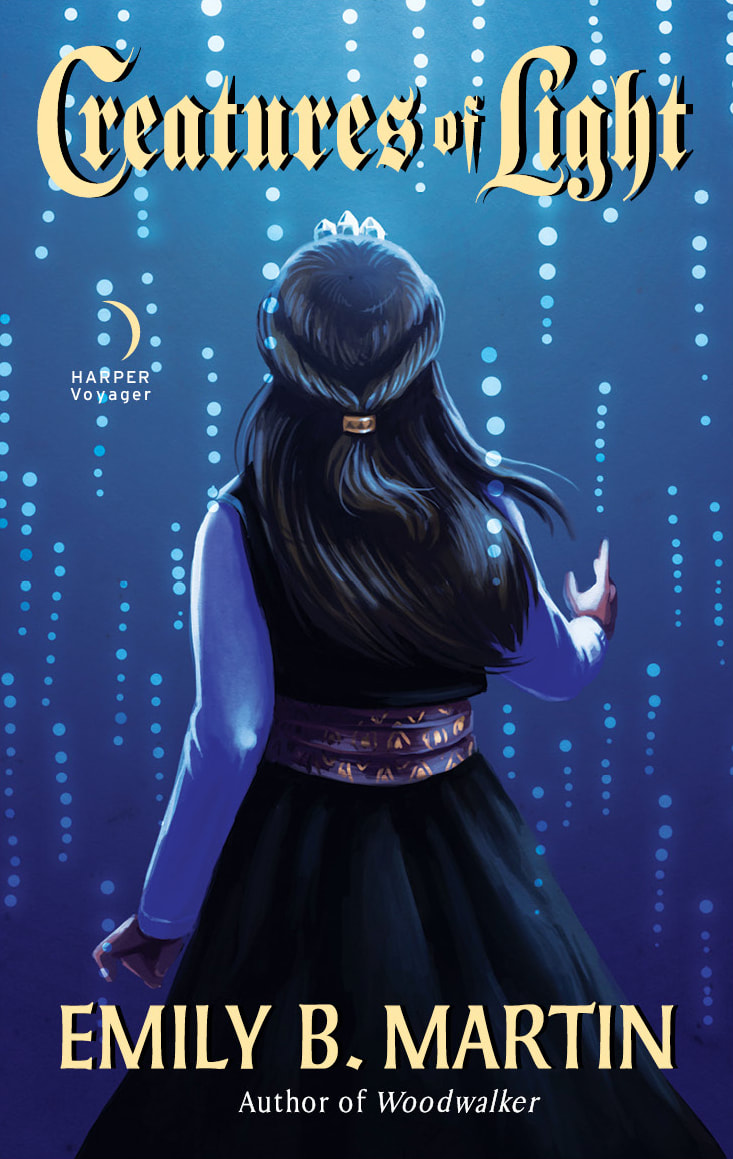
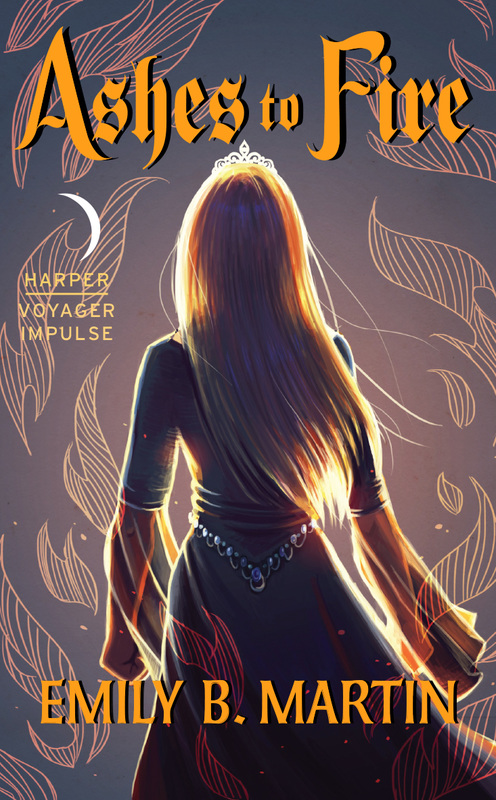
 RSS Feed
RSS Feed

